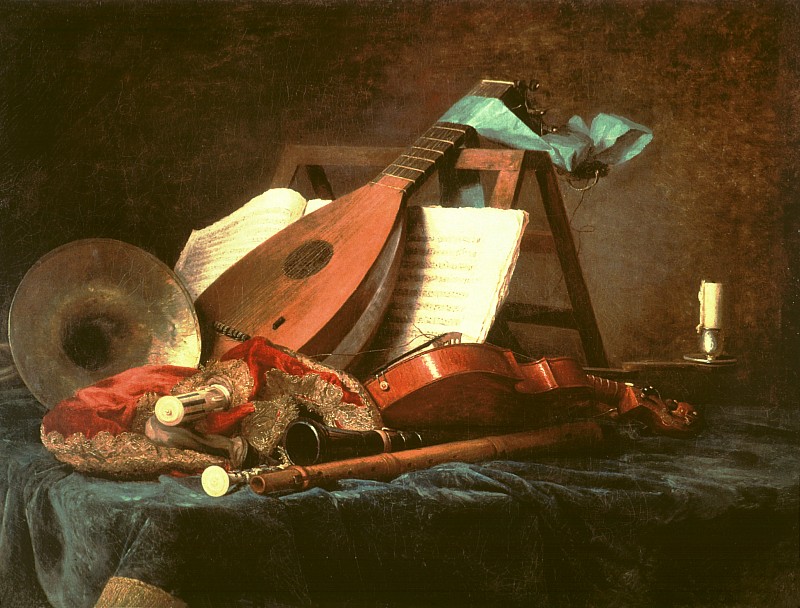Please wait ...

A musical instrument is an instrument created or adapted to make musical sounds. In principle, any object that produces sound can be considered a musical instrument—it is through purpose that the object becomes a musical instrument. The history of musical instruments dates to the beginnings of human culture. Early musical instruments may have been used for ritual, such as a trumpet to signal success on the hunt, or a drum in a religious ceremony. Cultures eventually developed composition and performance of melodies for entertainment. Musical instruments evolved in step with changing applications.
The date and origin of the first device considered a musical instrument is disputed. The oldest object that some scholars refer to as a musical instrument, a simple flute, dates back as far as 67,000 years. Some consensus dates early flutes to about 37,000 years ago. However, most historians believe that determining a specific time of musical instrument invention is impossible due to the subjectivity of the definition and the relative instability of materials used to make them. Many early musical instruments were made from animal skins, bone, wood, and other non-durable materials.
Musical instruments developed independently in many populated regions of the world. However, contact among civilizations caused rapid spread and adaptation of most instruments in places far from their origin. By the Middle Ages, instruments from Mesopotamia were in maritime Southeast Asia, and Europeans played instruments from North Africa. Development in the Americas occurred at a slower pace, but cultures of North, Central, and South America shared musical instruments. By 1400, musical instrument development slowed in many areas and was dominated by the Occident.
Musical instrument classification is a discipline in its own right, and many systems of classification have been used over the years. Instruments can be classified by their effective range, their material composition, their size, etc. However, the most common academic method, Hornbostel-Sachs, uses the means by which they produce sound. The academic study of musical instruments is called organology.
Scholars agree that there are no completely reliable methods of determining the exact chronology of musical instruments across cultures. Comparing and organizing instruments based on their complexity is misleading, since advancements in musical instruments have sometimes reduced complexity. For example, construction of early slit drums involved felling and hollowing out large trees; later slit drums were made by opening bamboo stalks, a much simpler task.
German musicologist Curt Sachs, one of the most prominent musicologists and musical ethnologists in modern times, argues that it is misleading to arrange the development of musical instruments by workmanship, since cultures advance at different rates and have access to different raw materials. He maintains, for example, that contemporary anthropologists comparing musical instruments from two cultures that existed at the same time but differed in organization, culture, and handicraft cannot determine which instruments are more "primitive". Ordering instruments by geography is also not totally reliable, as it cannot always be determined when and how cultures contacted one another and shared knowledge.
Sachs proposed that a geographical chronology until approximately 1400 is preferable, however, due to its limited subjectivity. Beyond 1400, one can follow the overall development of musical instruments by time period.
The science of marking the order of musical instrument development relies on archaeological artifacts, artistic depictions, and literary references. Since data in one research path can be inconclusive, all three paths provide a better historical picture.
Reference Links: https://en.wikipedia.org/wiki/Musical_instrument